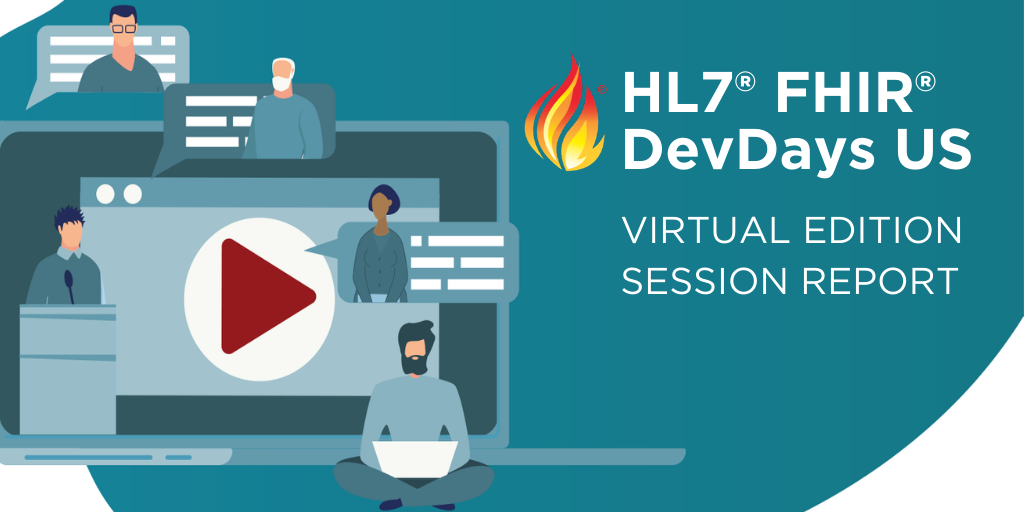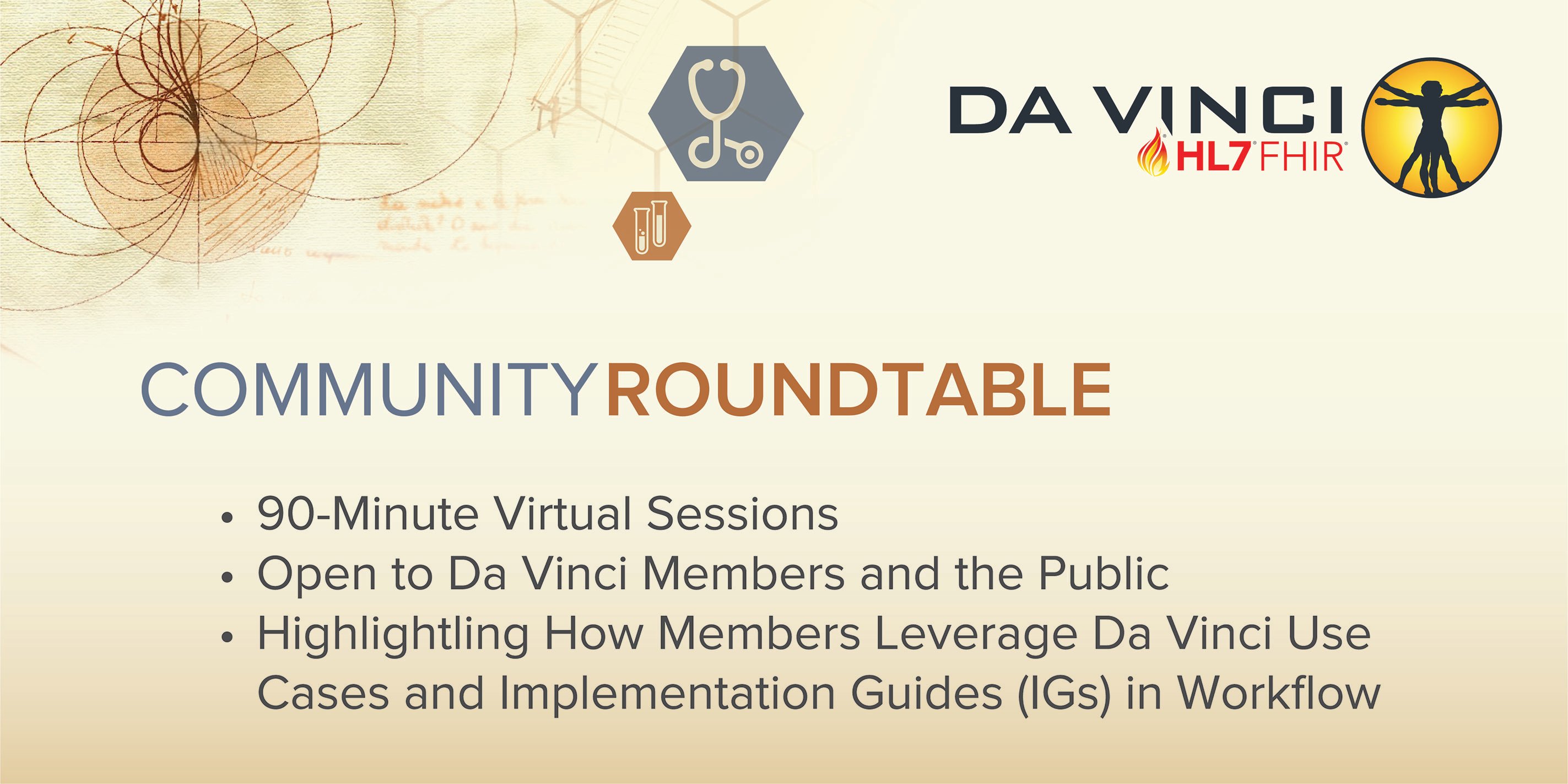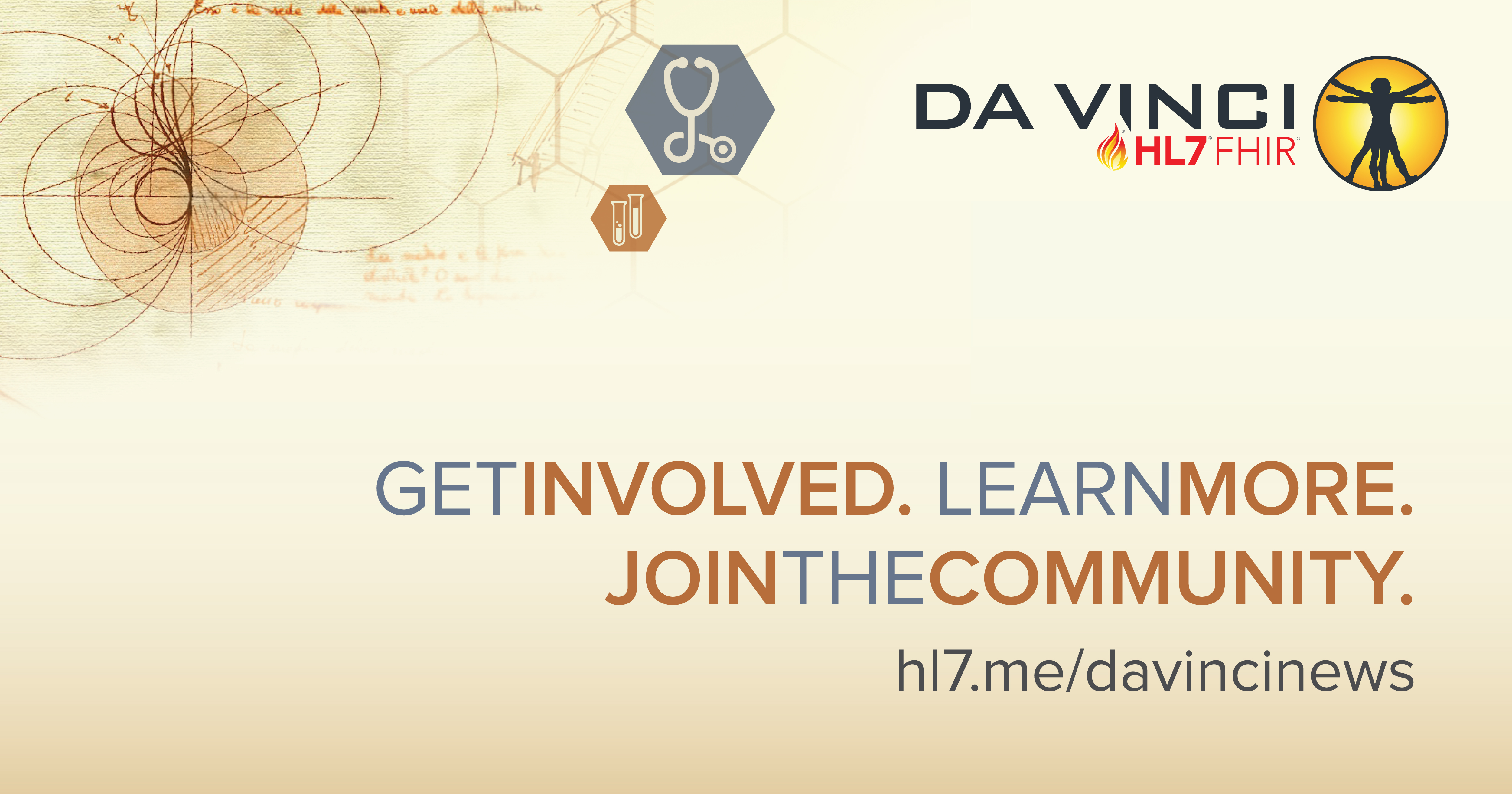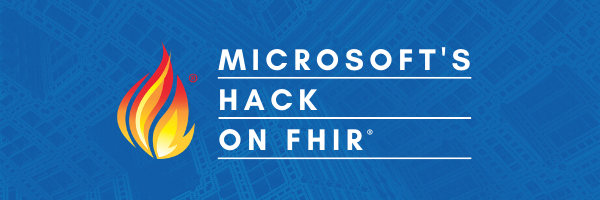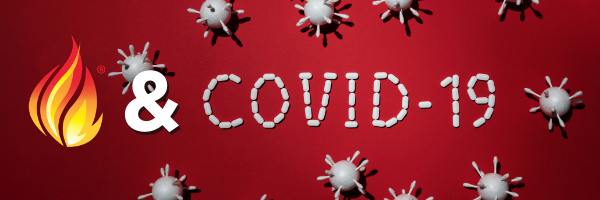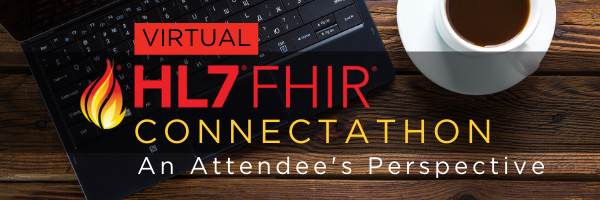Report from Virtual FHIR DevDays 2020
Work on incorporating application programming interfaces using HL7’s Fast Healthcare Interoperability Resources (FHIR®) standard can help healthcare organizations better manage the COVID-19 crisis, but much more could be done.
A virtual panel at HL7’s FHIR DevDays indicated that API usage can help with the sharing of data, but more widespread use of this supportive programming could provide more benefits.
“If you look inside the typical hospital, there are more than 20 different clinical systems being used, but only one is the electronic health record getting the API love,” said Keith Boone, enterprise architect for Audacious Inquiry. “COVID data is showing up in bed management systems, command and control systems, ICU central monitoring and more.” Those systems are five years behind EHRs in enabling data exchange.


